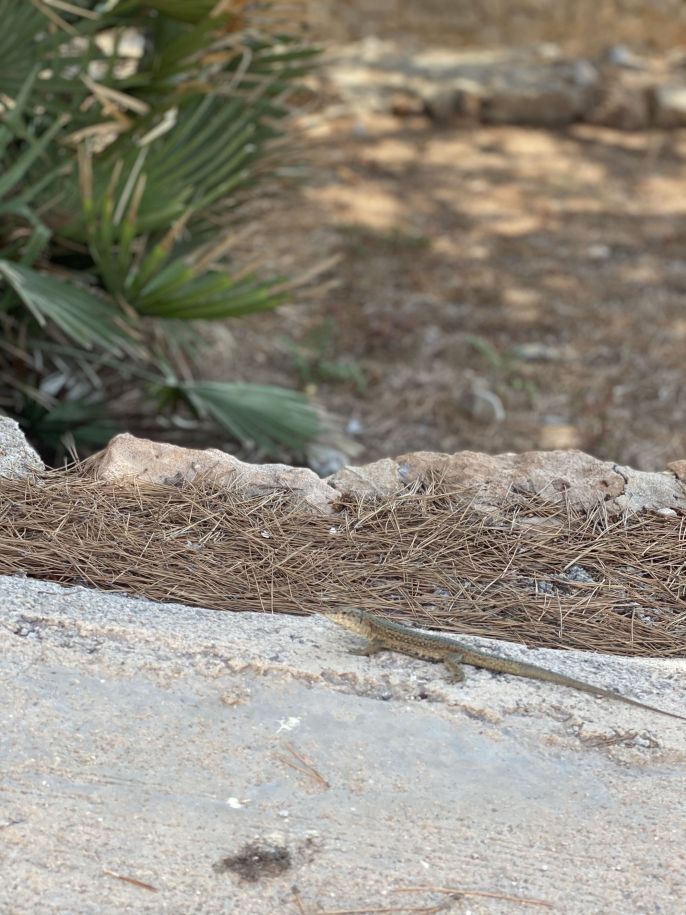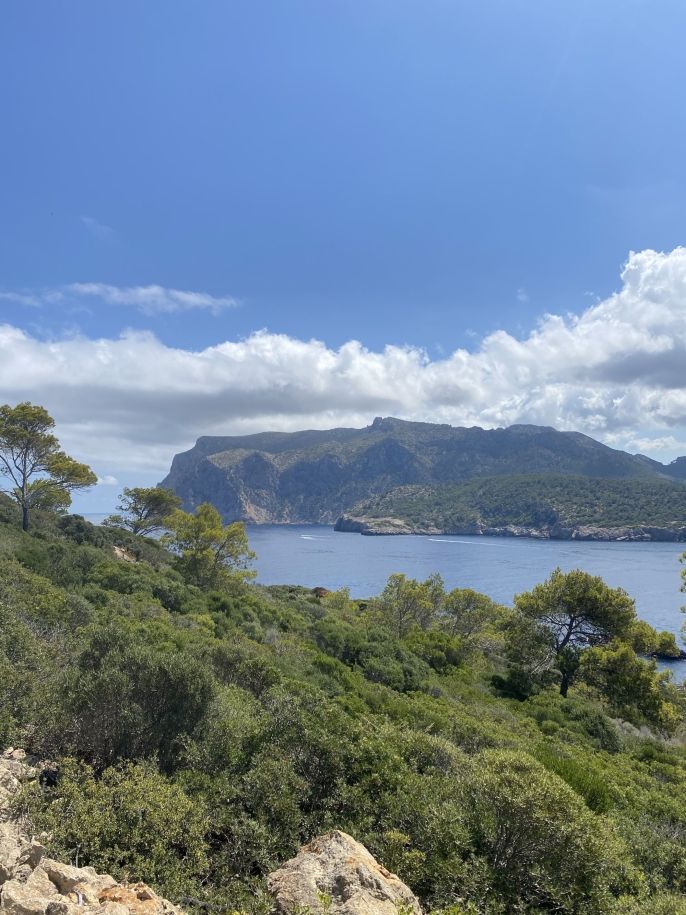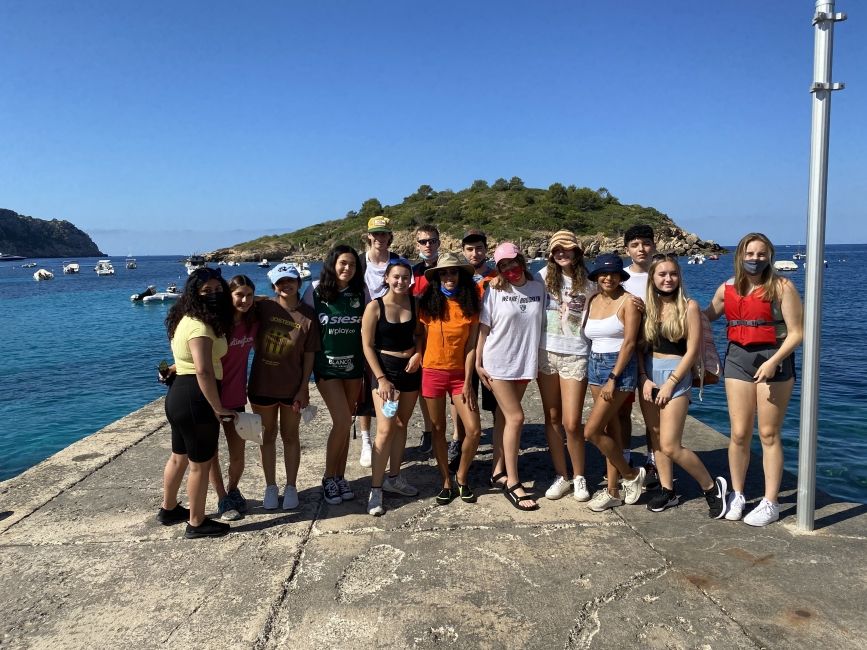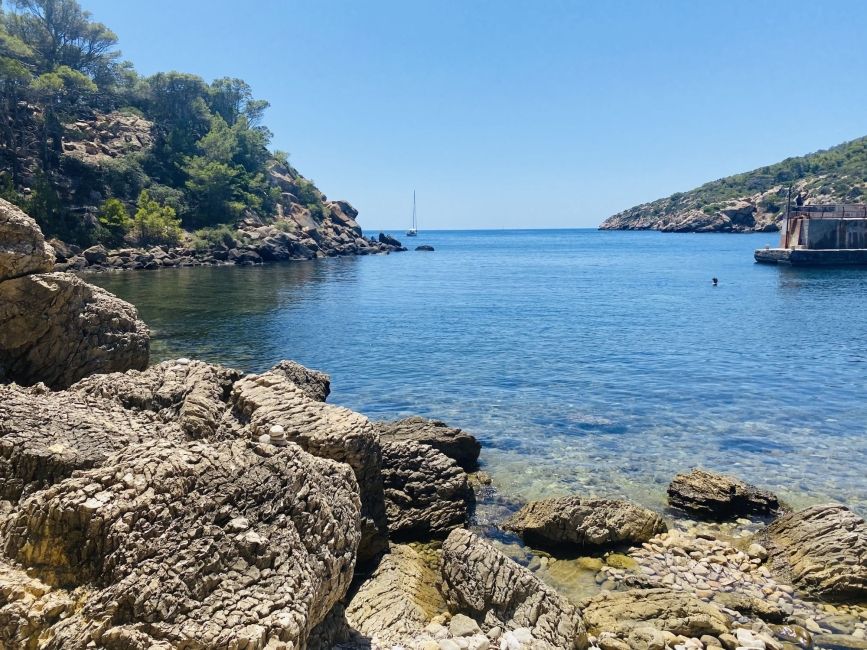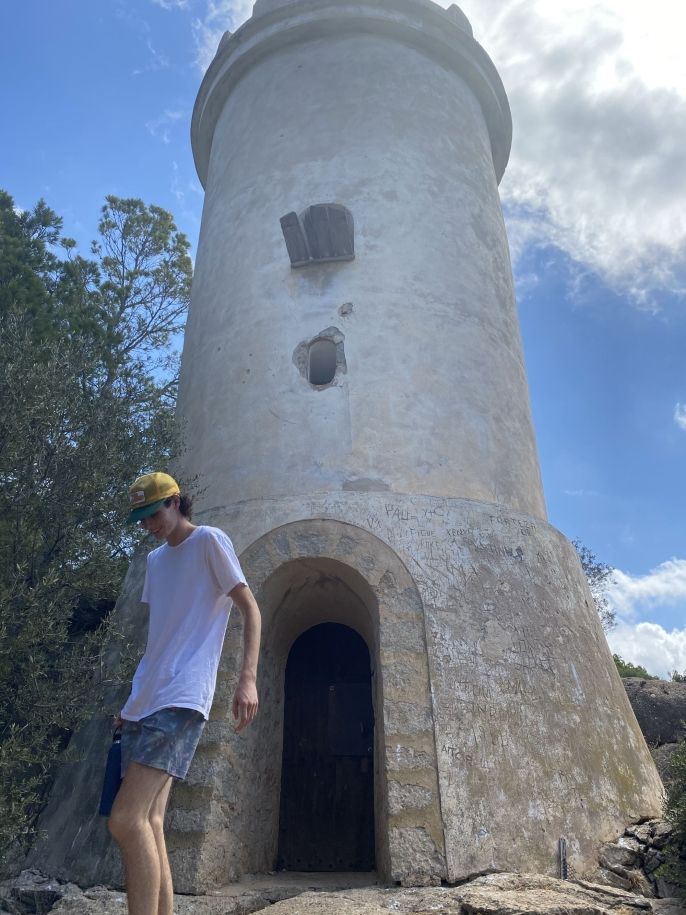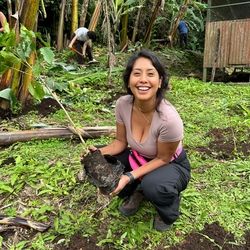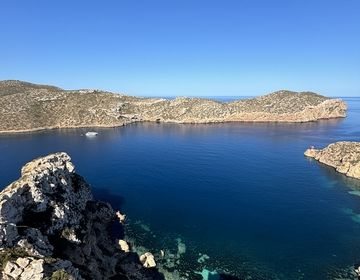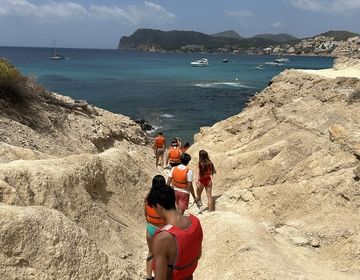All aboard! Next stop La Dragonera!
Ahoy! Day here, once again bringing you amazing highlights from our trip to Dragonera. We started our journey to the small islet from the center of Palma on a coach bus. We arrived early morning to Sant Elm, a small village located on the coast, south-west of Mallorca.
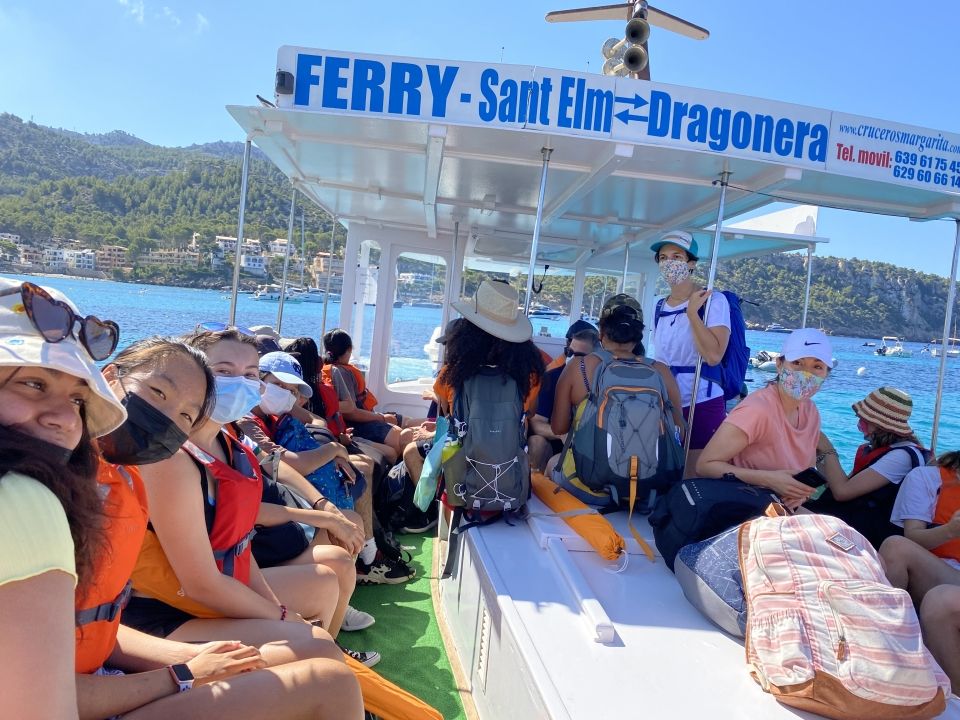
Here is where our adventure truly began! We got on a small ferry boat to La Dragonera! As you might of already guessed it Dragonera, comes from the word dragon which is named after its shape, that the island has when you see it from Sant Elm and La Sierra de Tramuntana ( a world heritage mountain range). The name also comes from its large number of inhabitants the endemic Lilford's wall lizards. These cute little charming lizards we are told, cannot be found anywhere else in the world!
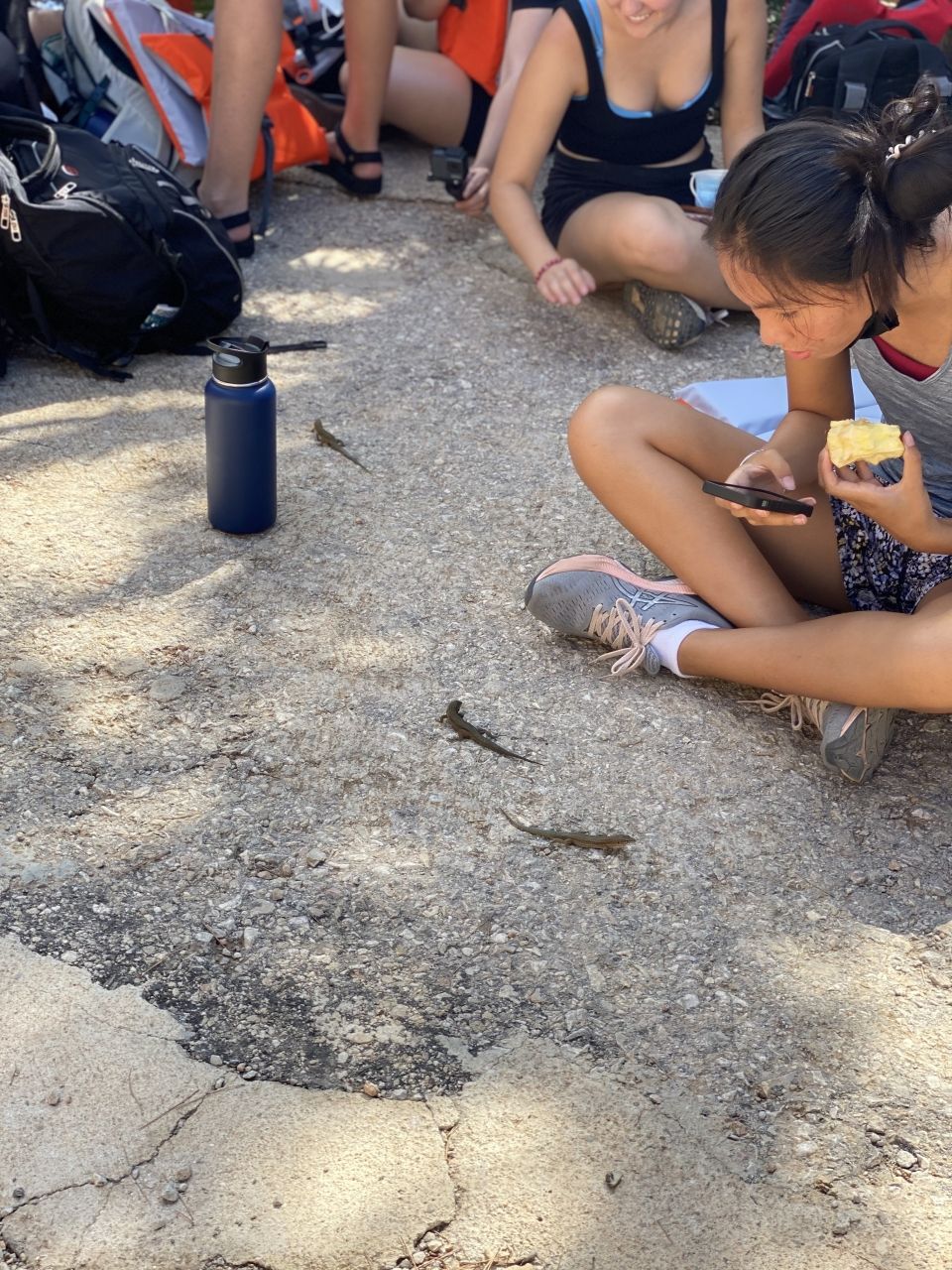
Once we arrived to La Dragonera our explorers set off on their journey to find the light house at the top. Here we got to enjoy some pretty amazing views of the main island and saw the small channel that divides the islet. The lighthouses were orginally used as defensive watchtowers against the Barbary priates during the 18th century. By the mid 20th century it was used as a refuge for notorious pirates such as Dragut and Barbarossa, who used this as a base for their attacks on Mallorca’s coasts and illegal activities. Nowadays, the park's protection is largely owed itself to the heavy pressures of the local people, who fought against attempts to develop the island into luxury resorts and tourism in the 1970s.
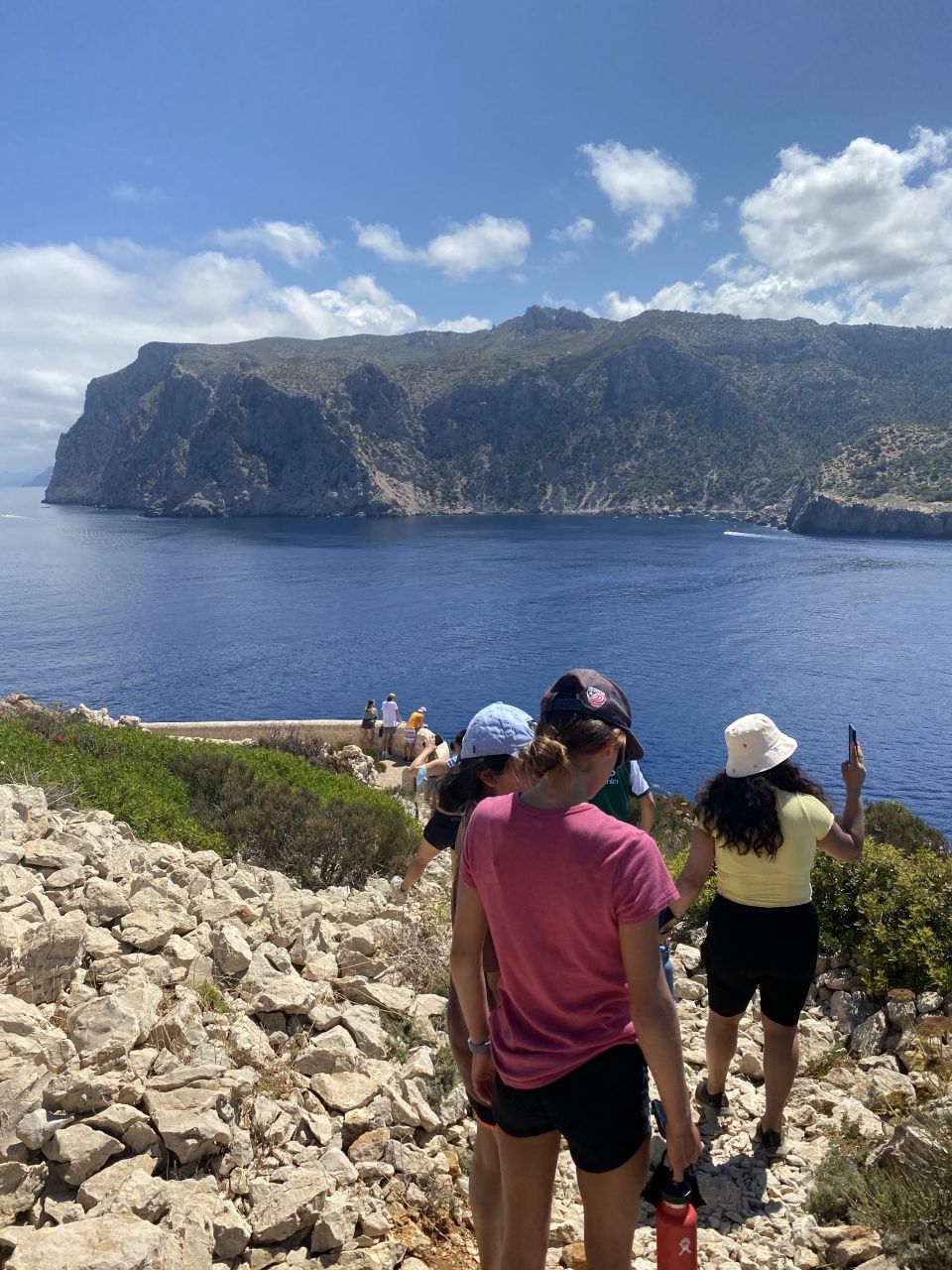
After our lovely hike we finally got in the refreshing water, a much needed reward in sunny Palma de Mallorca. Here we got to snorkel in a beautiful spot and got to see some of the things we have been learning and discussing in Biology class. Bea, our Marine Biology teacher, explained the local fauna and fish.
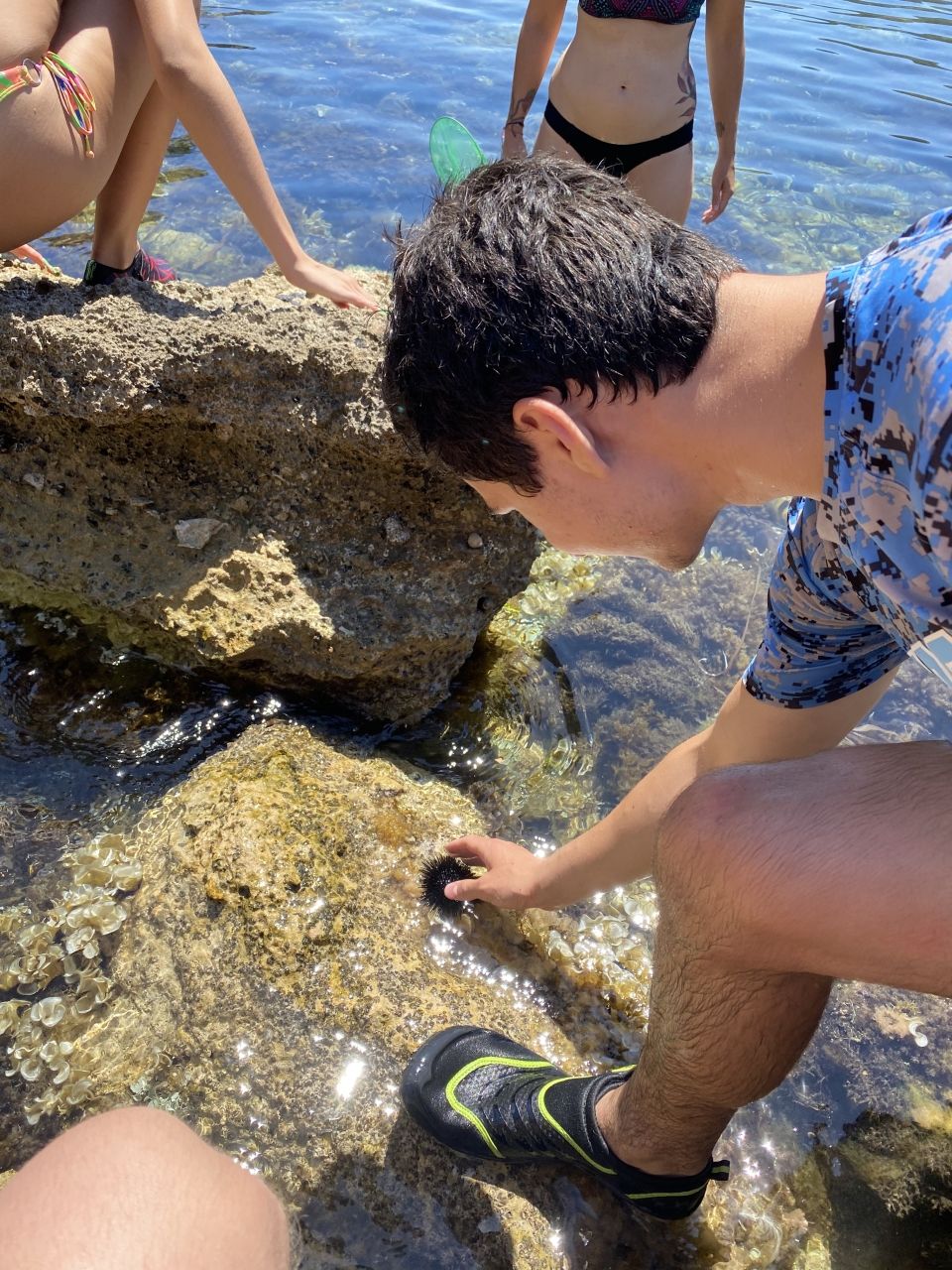
Related Posts
A Day of Discovery: Exploring Cabrera
On Wednesday, July 24th, our Marine Ecosystems and Sustainability program participants embarked on an unforgettable excursion to the island of Cabrera, a pristine gem off the east coast of Mallorca... keep reading
A Day at Cala Romana
We’re excited to share what an amazing day we had here in Palma de Mallorca! Today was all about discovering the wonders of Cala Romana, a beautiful coastal gem that... keep reading
Alcudia Adventures!
This week, our CIEE students embarked on an unforgettable journey to Alcudia. The adventure began with a double-decker bus ride, stopping at the Parc natural de sa’albufera for a unique... keep reading
